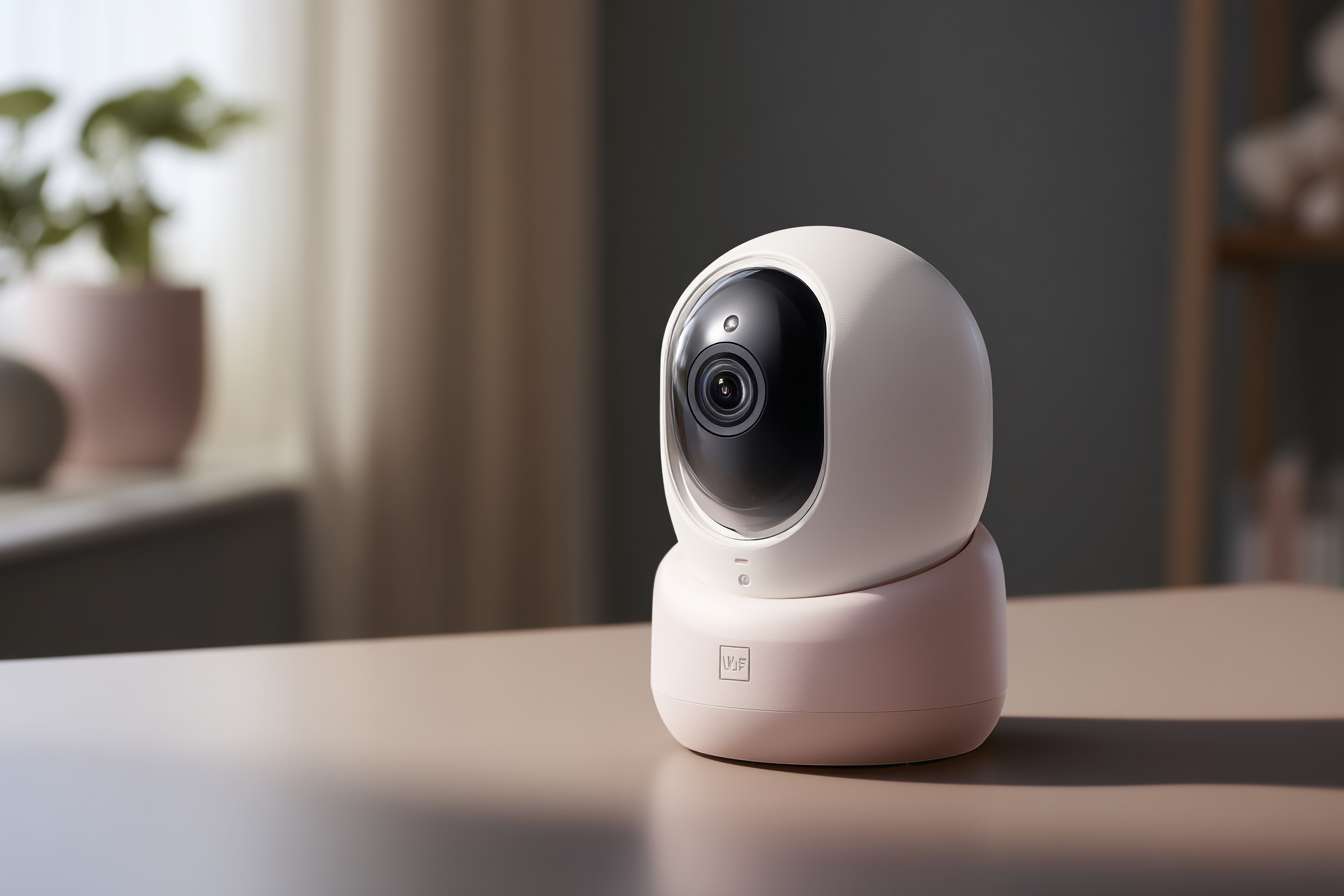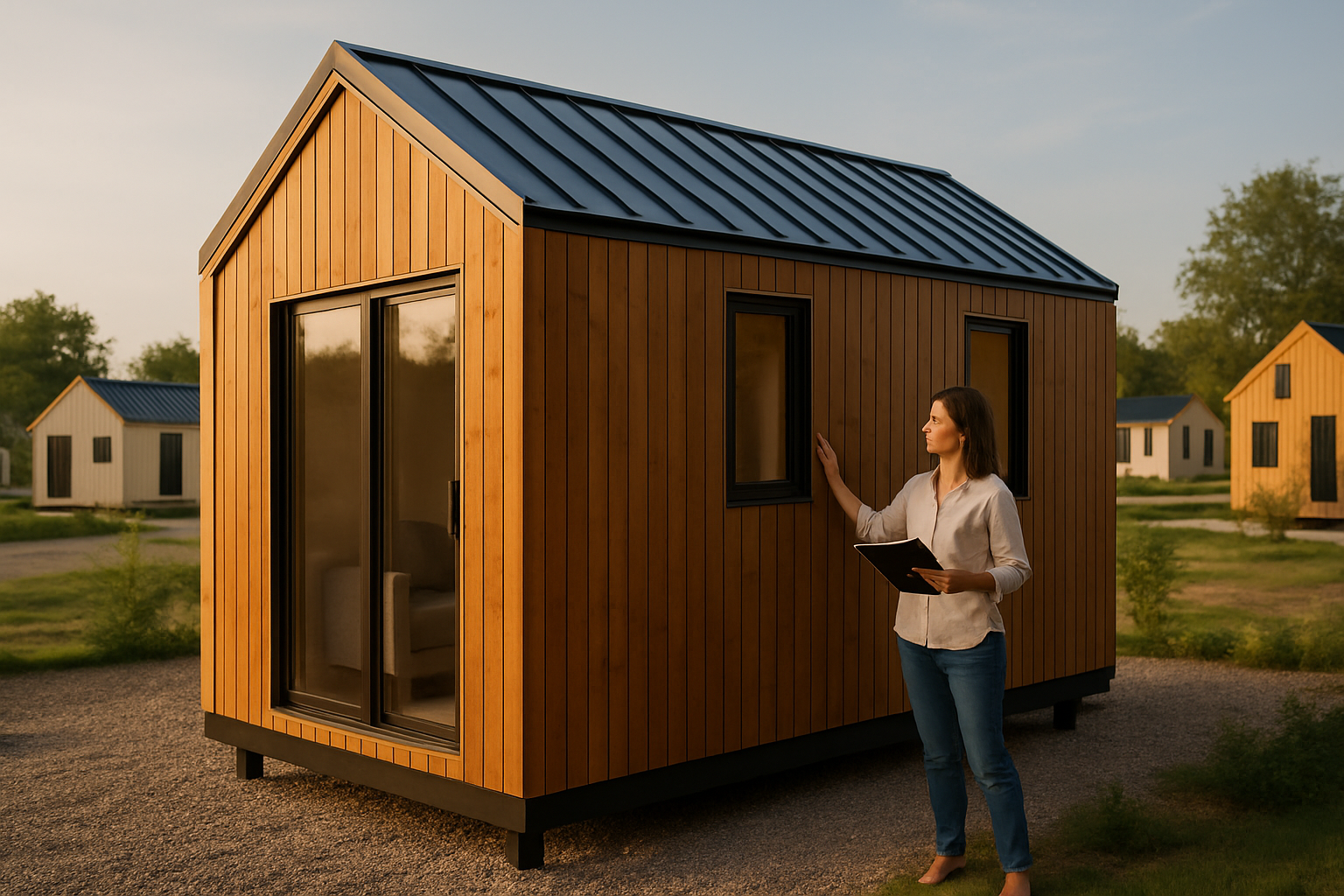Benefits and price list of wireless surveillance cameras
Wireless surveillance cameras offer several benefits, including easy installation without complex wiring, remote monitoring through smartphones or computers, and flexible placement both indoors and outdoors. They provide real-time alerts, motion detection, and high-definition video recording for enhanced security. Many models also include night vision and two-way audio, making them suitable for both home and business use. Prices vary depending on features and brand, typically ranging from budget-friendly options around $50–$100 per camera to advanced systems with cloud storage and AI capabilities priced between $200–$500 or more.

Key Features of Wireless Surveillance Cameras
Modern wireless surveillance cameras include essential security capabilities such as motion detection, night vision, and two-way audio communication. Most models offer HD video quality, ranging from 1080p to 4K resolution, ensuring clear footage in various lighting conditions. Cloud storage options enable remote access to recorded footage, while mobile apps facilitate real-time monitoring from smartphones or tablets. Weather-resistant models provide reliable outdoor surveillance in challenging conditions.
Cost Breakdown and Price Ranges
Wireless surveillance cameras vary significantly in price based on their features and capabilities. Entry-level indoor cameras typically range from $30 to $100, while advanced outdoor models with enhanced features can cost between $100 and $300 per unit. Professional-grade systems with multiple cameras and advanced storage solutions may range from $500 to $2,000 or more.
| Camera Type | Price Range | Key Features |
|---|---|---|
| Basic Indoor | $30-$100 | 1080p, motion detection, night vision |
| Advanced Indoor | $100-$200 | 2K/4K resolution, two-way audio, AI detection |
| Outdoor | $100-$300 | Weather-resistant, zoom capability, spotlight |
| Professional Systems | $500-$2,000+ | Multiple cameras, advanced storage, analytics |
Prices, rates, or cost estimates mentioned in this article are based on the latest available information but may change over time. Independent research is advised before making financial decisions.
Choosing the Right Camera for Your Needs
Selection criteria should focus on specific security requirements and installation environment. Consider factors such as:
-
Required coverage area and camera placement
-
Indoor vs. outdoor installation
-
Desired video quality and storage capacity
-
Network connectivity requirements
-
Integration with existing smart home systems
-
Monthly subscription costs for cloud storage
For residential use, a combination of indoor and outdoor cameras provides comprehensive coverage. Business environments may require professional-grade systems with advanced features like facial recognition or license plate detection. The final choice should balance security needs with budget constraints while ensuring reliable performance and adequate storage solutions.
Protection priorities and property size ultimately determine the optimal camera configuration. A small apartment might need only one or two indoor cameras, while a large property could require multiple outdoor units with extended range capabilities. Consider future expansion needs when planning initial system setup to ensure scalability.




